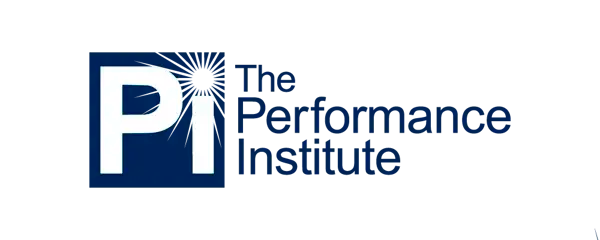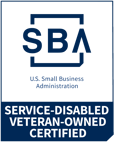This blog is based on Episode 6 of our GovEd Talks Video series: Structuring a Successful Diversity, Equity and Inclusion Office by Dr. Andrea Davis, Brach Chief of Diversity and Inclusion at U.S Census Bureau
In today's fast-paced world, setting up a successful Diversity, Equity, and Inclusion (DEI) office requires a well-thought-out approach. While we may not have the time to delve into every detail, it's crucial to highlight key considerations when launching a new DEI office, establishing one at your agency, or restructuring an existing office. This blog post will provide an overview of critical factors to keep in mind as you embark on this journey.
The Mission Case for Diversity, Equity, Inclusion, and Accessibility
Before delving into the specifics of structuring a DEI office, it's essential to understand the mission case for Diversity, Equity, Inclusion, and Accessibility (DEIA). Research consistently demonstrates that organizations with diverse workforces and inclusive cultures outperform their peers over time. Inclusive diversity leads to better talent attraction, talent retention, innovation, and higher employee satisfaction. Federal laws emphasize the need for a workforce that reflects society and the integration of DEIA into strategic planning.
Guiding Documents and Executive Orders
DEIA doesn't have the same regulatory background as Equal Employment Opportunity (EEO), but it's guided by various documents, including agency strategic plans, departmental guidance, and executive orders. Key executive orders include:
- Executive Order 13-583 (2011): This order laid the foundation for future DEIA initiatives and is frequently referenced in more recent guidance.
- Executive Order 13-985 (Advancing Racial Equity and Support for Underserved Communities): This order focuses on advancing equity in mission-driven initiatives.
- Executive Order 14-035 (June 2021): This recent order expanded DEIA efforts, added "Accessibility" to DEIA, required agencies to establish a separate Chief Diversity and Inclusion Officer role, and emphasized data-driven approaches.
Familiarize yourself with these guiding documents, as they play a pivotal role in shaping the direction of your DEI office.
Key Considerations for Structuring Your DEI Office
As you embark on establishing or restructuring your DEI office, consider the following key factors:
- External and Internal Facing DEIA Considerations: Understand the specific DEIA-related issues relevant to your agency, both externally and internally. For example, consider how your agency's data accessibility affects external stakeholders, and address internal workforce issues like leadership support for DEIA initiatives.
- Senior Leadership Support: Clear senior leadership support is vital for the success of your DEI office. Define what genuine leadership support means and develop a strategy to secure it if it's not already in place.
- Organizational Structure: Determine where the DEI office will sit within the organization. A best practice is to have the Chief Diversity and Inclusion Officer report directly to the agency head, ensuring clear visibility and authority.
- Roles and Responsibilities: Define the roles and responsibilities within the DEI office. Ensure that each team member has a clearly defined role and establish effective collaboration and communication channels.
- Data-Driven Approach: Emphasize the use of data-driven approaches in your DEIA initiatives. Collect and analyze relevant data to inform your strategies and track progress.
- Training and Development: Consider how training and development programs will contribute to the success of your DEI office. These programs should address issues such as unconscious bias, microaggressions, and cultural competence.
- Accessibility and Inclusivity: Incorporate accessibility and inclusivity principles in all aspects of your work. Ensure that your agency's products, services, and information are accessible to all, including individuals with disabilities.
- Community Engagement: Engage with underserved communities and stakeholders to gain insights and build partnerships that support your DEIA goals.
Conclusion
Structuring a successful Diversity, Equity, and Inclusion office is a complex but rewarding endeavor. By understanding the mission case for DEIA, familiarizing yourself with guiding documents, and considering the key factors mentioned above, you can lay a solid foundation for your office's success. Whether you're launching a new DEI office, restructuring an existing one, or advocating for additional resources, making a clear mission case and addressing these considerations are essential steps to achieve meaningful DEIA outcomes.
If you're interested in learning more about Employee engagement, consider enrolling in our upcoming course Fostering Continuous change. Our course is designed to help managers and supervisors prepare their employees to develop a capacity to adapt effectively in an environment of continuous change.













